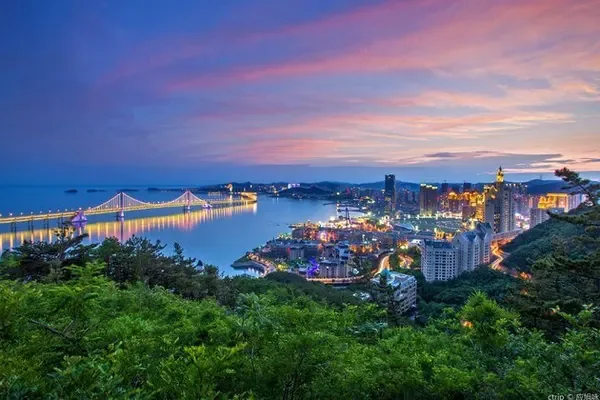introduce
Wenshushan Grottoes is located in Qifeng Town, Sunan Yugu Autonomous County, Gansu Province. It is a large-scale group of Buddhist grottoes. It was built in the Northern Liang Dynasty (401-433). The caves are excavated on the cliffs of the front and back mountains of Wenshu Mountain according to the mountain situation, and are distributed within a range of 1.5 kilometers from north to south and 2.5 kilometers from east to west.
There are more than 100 caves and niches, including 8 early central pillar caves, 1 Zen cave, and 28 temple ruins in front of the caves. The more important existing caves include Qianfo Cave, Wanfo Cave in Qianshan, Gufo Cave and Qianfo Cave in Houshan, etc. They are all caves with domed roofs and square-shaped central pillars. The central column is divided into three layers, the lower layer is a square platform, and the upper two layers are carved with circular arches on each side. Inside the niche, there is a Buddha statue, and outside the niche are two statues of Bodhisattvas. The body of the statue is strong and simple.
There are painted murals on the four walls and the top of the cave, with themes such as Thousand Buddhas, Dharma Diagram, Seven Buddhas, Joyletian, and Supporters. On the top of the grotto, there is a painting of geisha and music flying into the sky, a large area of thousands of Buddhas is painted on the upper part of the grotto wall, a picture of one Buddha and two Bodhisattvas preaching is painted in the middle part, and images of supporting figures are painted in the lower part. The murals adopt the western region smudge painting method, emphasizing the light and dark contrast of colors and the three-dimensional effect of characters. There are large-scale paintings of "Maitreya Sutra" and "Four Heavenly Kings in Town Grottoes" painted in the Western Xia Dynasty in Wanfo Cave.
The Wenshushan Grottoes are the relics of early Chinese Buddhism. They are located within the scope of the Liangzhou model grottoes. They are precious materials for the study of Buddhist art in the Sixteen Kingdoms period, and are of great value for the study of the relationship between Buddhist architecture and art in the Hexi area and the Western Regions. Its murals have the layout characteristics of the early cave murals in the Hexi area. Some of the murals can make up for the shortcomings of the Mogao Grottoes, and some are the continuation and development of Dunhuang art. The existing murals of the Xixia period are important materials for the study of Xixia Buddhism and its painting art.
opening hours
08:00-18:00 all year round






